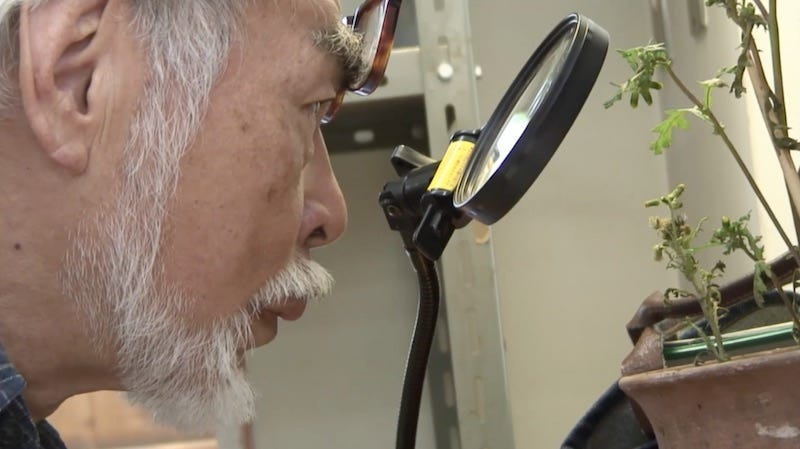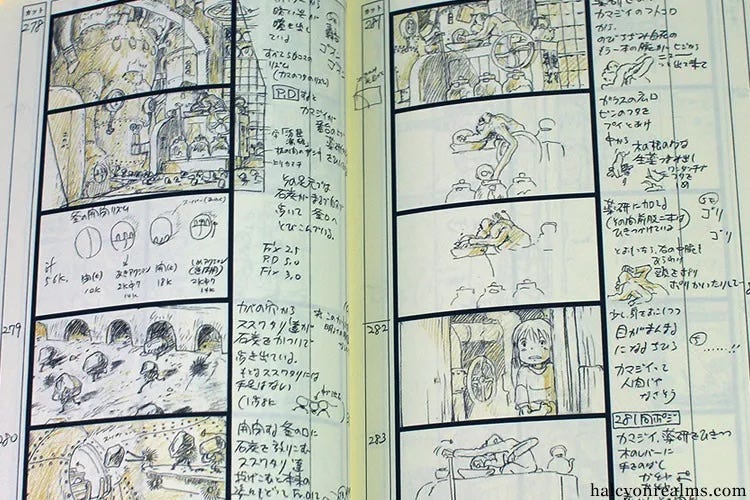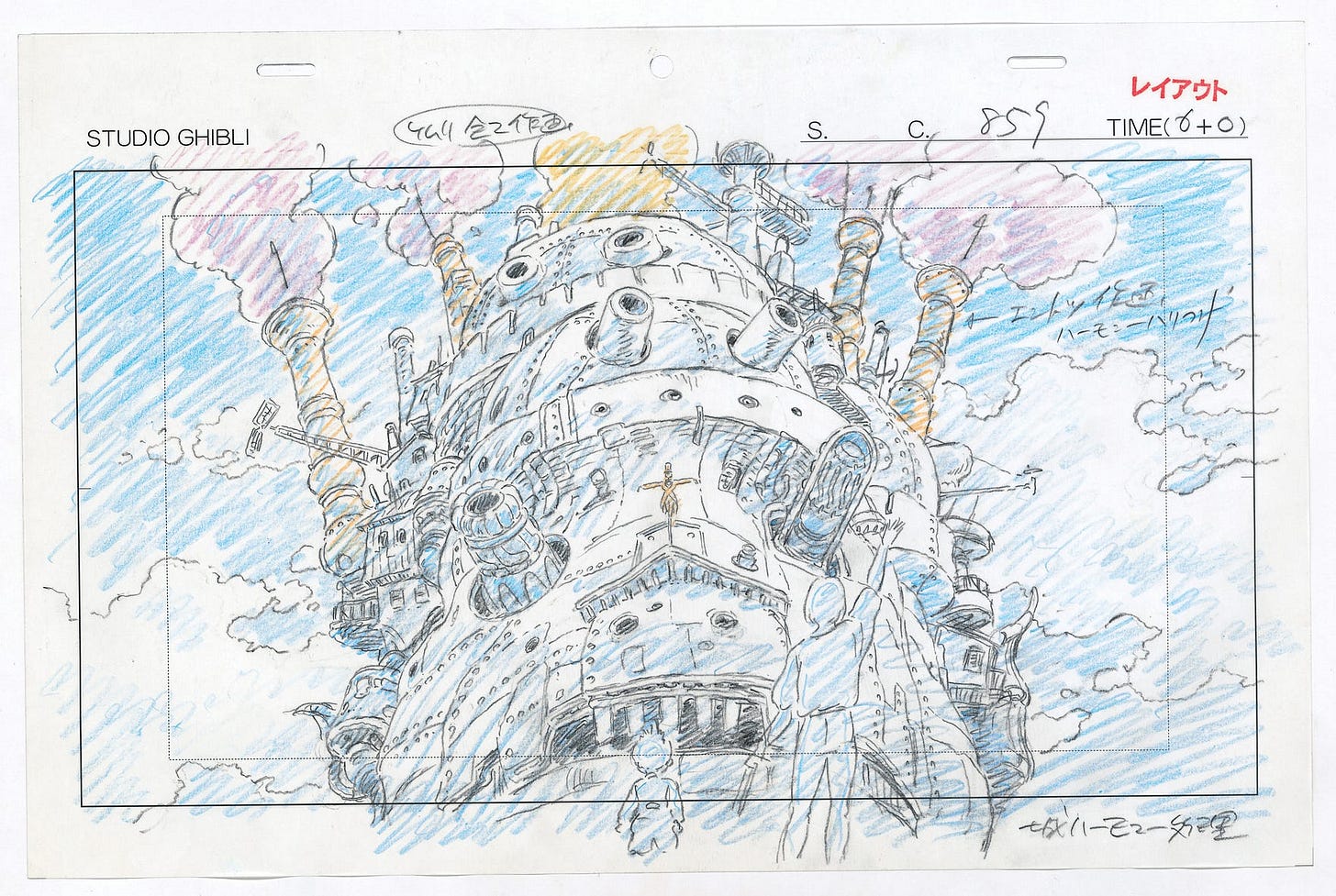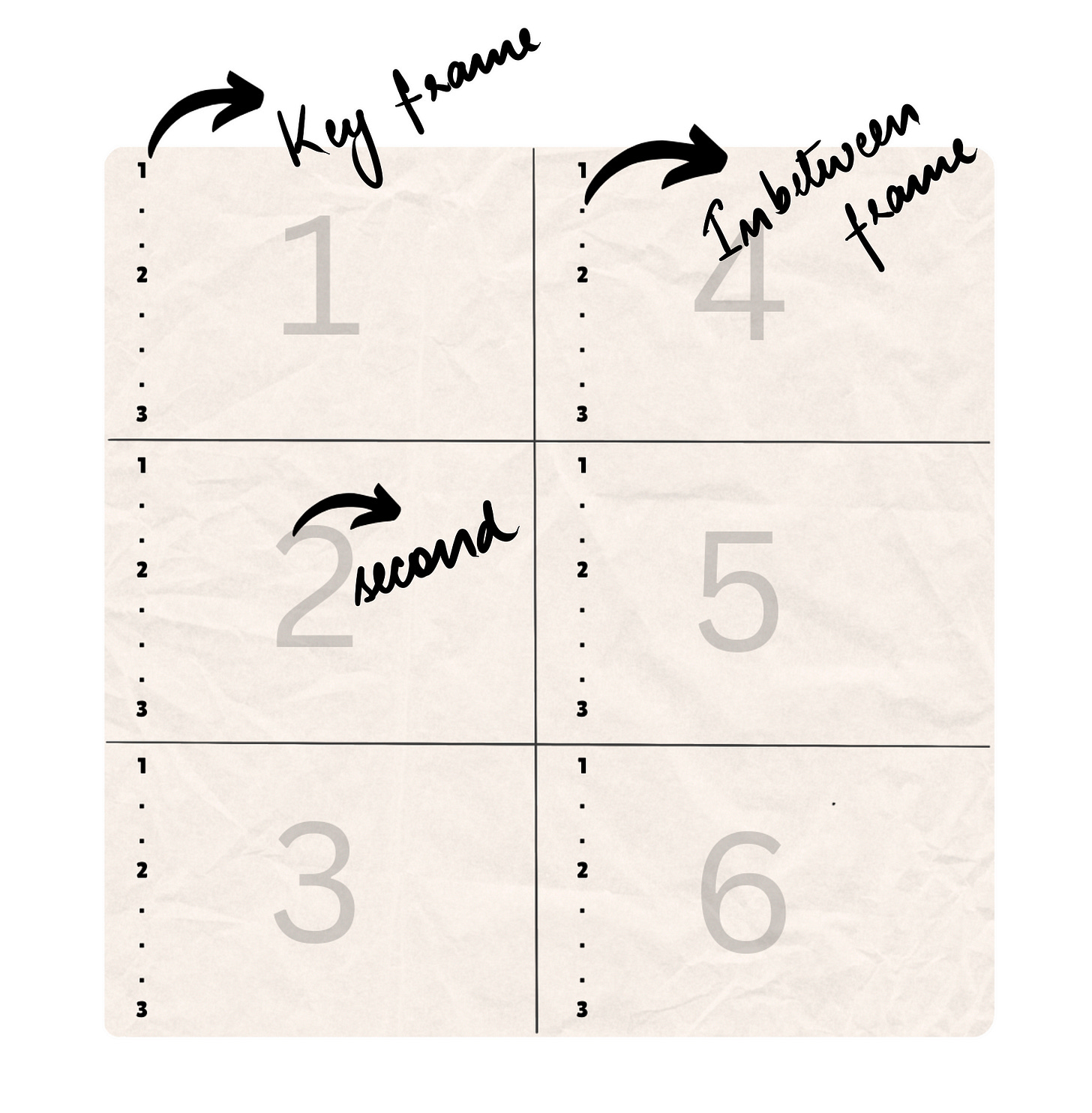The Tale Of Studio Ghibli: The Most Fascinating Animation Studio Ever.
If you love art and animation, this article is for you. This is a deep dive into how Studio Ghibli's most remarkable movies are made.
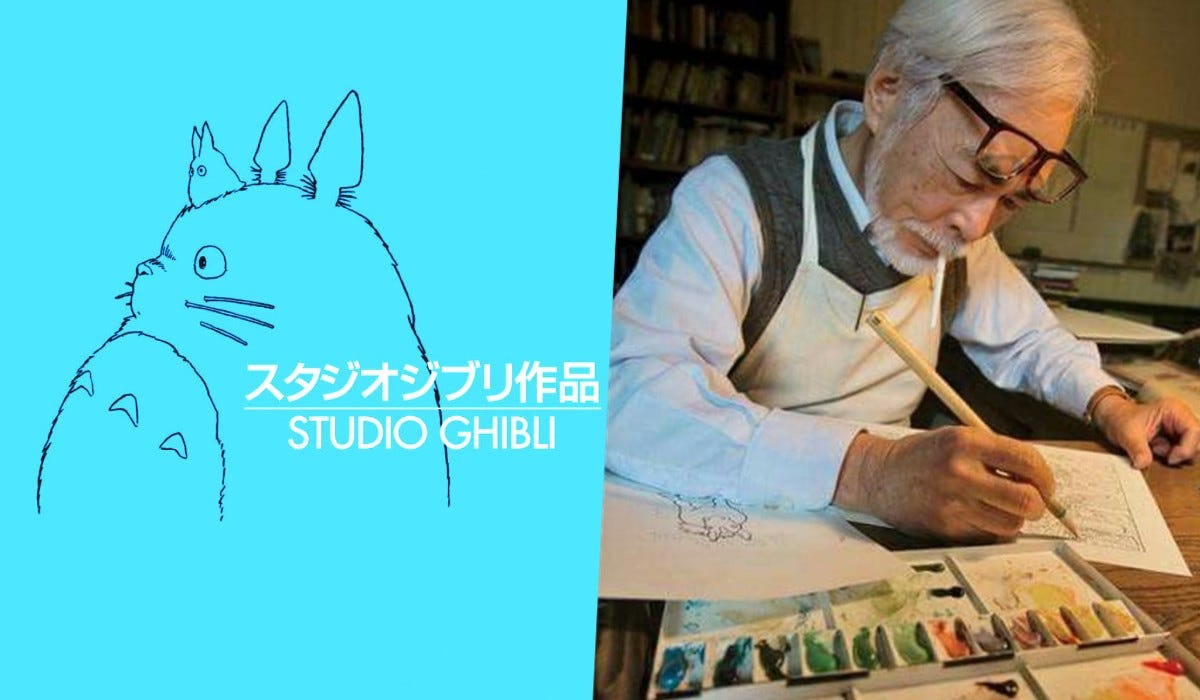
Ghibli movies greatly influence and inspire artists worldwide. Anyone fond of art and animation knows how breathtaking their movies are visually.
For those who don’t know about Studio Ghibli, it is a Japanese animation studio based in Tokyo that has received numerous awards for its movies, including the Academy Awards (Oscars), Golden Globe Awards, and Annie Awards (the most prestigious award for animation).
Today, I’ll tell you how Hayao Miyazaki, Isao Takahata, and Toshio Suzuki built Studio Ghibli and how their most remarkable movies are made.
The Founders
Hayao Miyazaki, born on January 5, 1941, in Tokyo, is the visionary director behind the Studio Ghibli films.
His father and brother owned a company called Miyazaki Airplane, which manufactured rudders for fighter planes during World War II.
When Miyazaki was four, the family had to evacuate many cities due to bombing, which had a lasting impact on Miyazaki.
These memories played a significant role in Hayao’s life, and one can notice that in his films.
He showcased and made many movies with anti-war, firebombing and aerial warfare themes.
Miyazaki was profoundly obsessed with fighter planes, tanks, and battleships. He loved drawing these machines on paper.
He aspired to become a manga artist from a very young age. He was weak in academic subjects in school, but his teachers appreciated his art skills.
He joined the Children’s Literature Research Club at his university, which, according to Hayao, was the closest thing to a comics club at the time.
In his free time, Miyazaki used to go to his art teacher and sketch in his studio.
Though he studied political economy, majoring in Japanese industrial theories, he wanted to pursue art.
When Miyazaki was in high school, he skipped school once and went to watch “The Tale of the White Serpent,” after which he was deeply inspired to create art and animation.
In 1963, got a job as an inbetween artist at Toei Animation Co., Ltd.
An inbetween artist creates the frames which go in between the keyframes made by key animators so that a smooth motion is created in an animated sequence.
(I will talk about this in the next section of the article.)
Miyazaki’s creativity and imagination led him to get promoted to a Key animator within a year.
In 1968, Toei Studio decided to make a new film called “The Little Norse Prince.” Isao Takahata, who had a deep understanding of European storytelling, was chosen to direct it.
Miyazaki and Takahata were both members of Toei Animation's labour union. They engaged in extensive discussions about their work and their feelings that the Toei studio made child-centric and formulaic films.
They both bonded over their shared frustrations.
Takahata served as the director, and Miyazaki was the key animator for “The Little Norse Prince.”
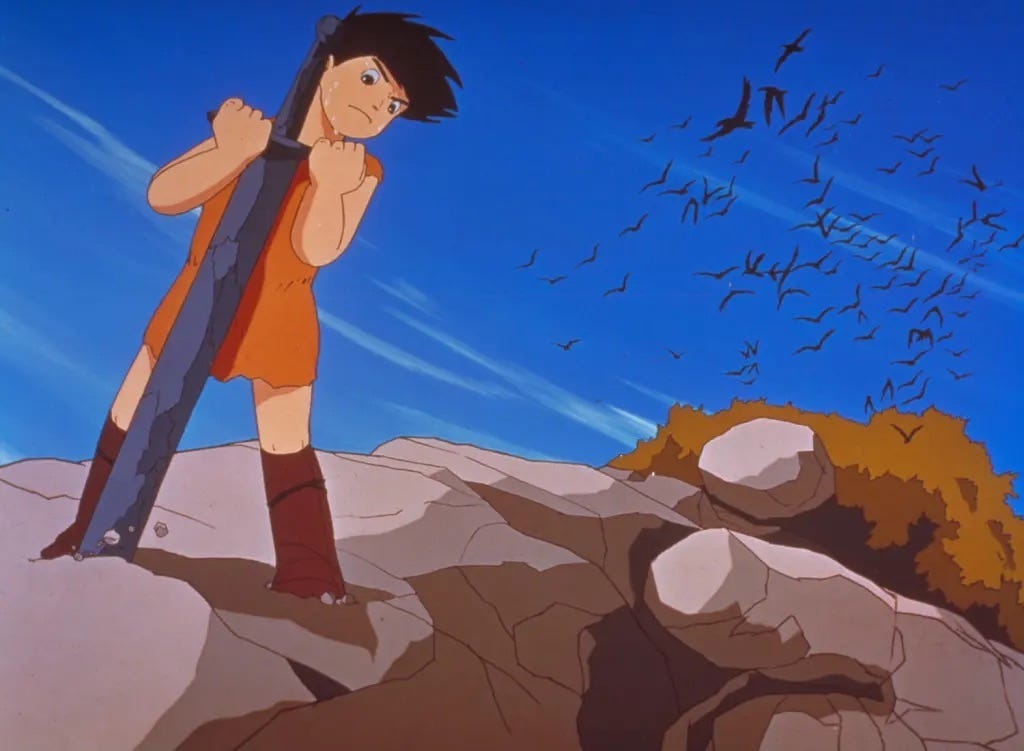
The movie did poorly in theatres and was criticised as unusual for a “children’s movie.”
The film's failure led Toei to sideline Takahata and Miyazaki, and Takahata was not allowed to direct a film for a decade.
In 1971, Takahata and Miyazaki left Toei Animation and worked for other animation studios, such as A-Pro and Nippon Animation.
Some years later, in 1979, Miyazaki and Takahata transitioned to freelance work and collaborated with the Tokyo Movie Shinsha (TMS).
TMS was popularly known for its anime series Lupin III. Miyazaki worked there as a key animator.
As the Lupin III series gained more and more popularity with time, the producers wanted to create a new theatrical film. They wanted ot engage the existing fans and build a new audience.
Yutaka Fujioka, TMS’s producer who had previously worked with Miyazaki, knew his style and trusted his vision.
He approached Miyazaki with an offer to direct their film.
Hayao initially hesitated because he had no previous experience with film direction and also called Lupin III a “guilty pleasure,” but he later accepted the offer to prove himself as a director.
The film “The Castle of Cagliostro” took about eight months to be completed and was released in December 1979.
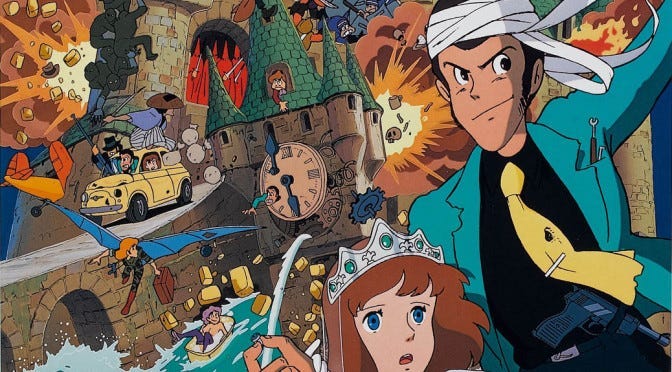
Though the movie initially underperformed in Japanese theatres, people later appreciated it for its innovative animation and storytelling, and it gained a cult and is regarded as a classic in Japanese animation.
After the film’s release, Miyazaki was quite frustrated with commercial animation.
According to him, if people are bored, it’s game over.
He wanted to explore other themes and make something based on his original ideas and thinking, not on existing popular properties.
In 1982, Miyazaki started serialising “Nausicaä” manga in Animage magazine, which became a big hit.
Toshio Suzuki, Animage magazine’s editor, met Miyazaki while interviewing him about the Cagliostro.
Suzuki realised that Miyazaki’s work was captivating and soon convinced him to adapt the manga into a film.
A new film, “Nausicaä of the Valley of the Wind,” began production in 1983. Hayao Miyazaki directed and wrote it, and Takahata managed the production.
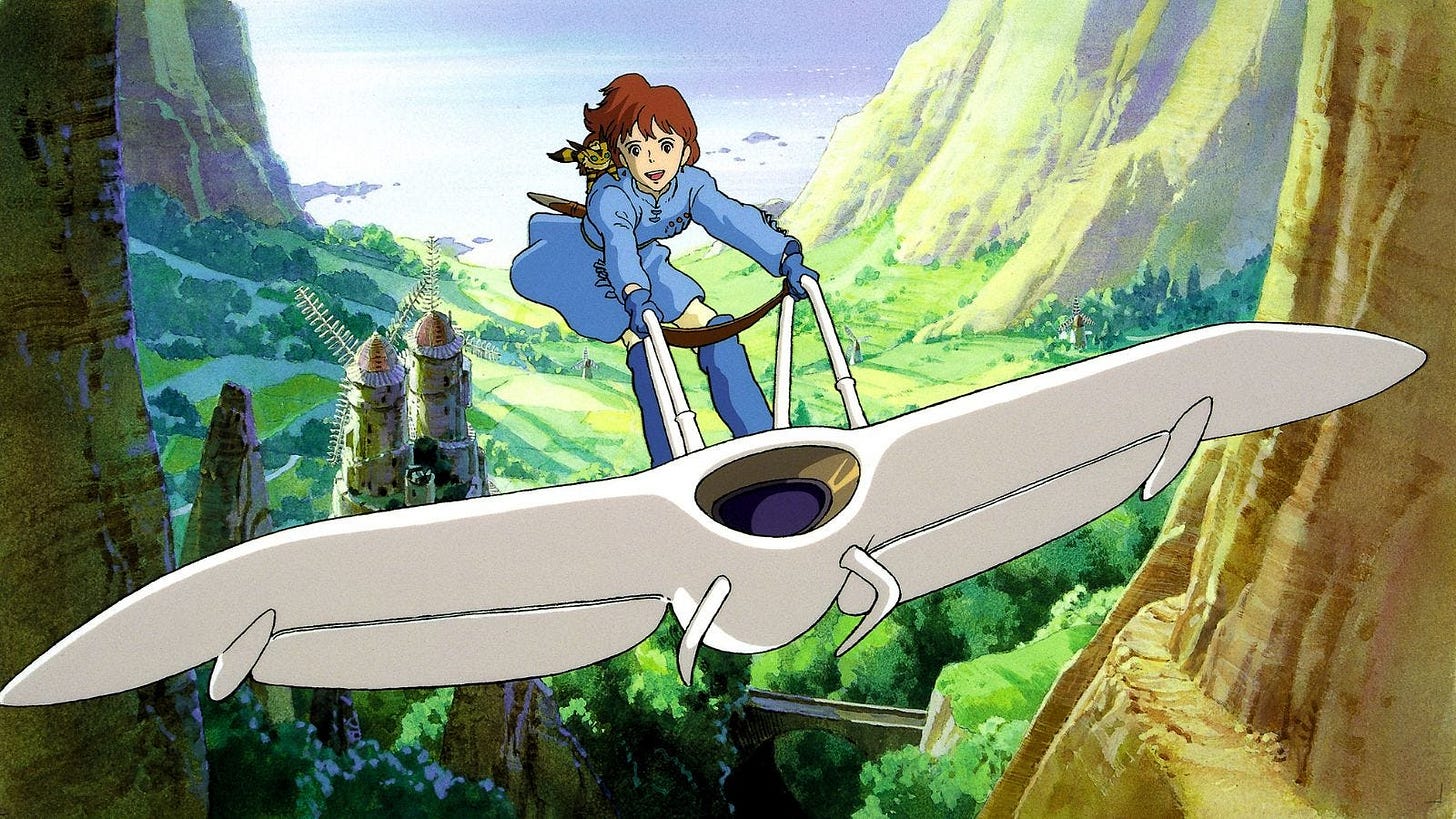
Toshio Suzuki’s advocacy helped in securing the necessary resources and backing for the film.
The movie was a big hit in Japanese cinema, and it became one of the highest-grossing movies of 1984 with groundbreaking animation and a deep environmental theme.
This huge success gave Miyazaki and Takahata confidence, and Suzuki pushed them to establish a studio that would provide them artistic freedom.
“Studio Ghibli” was officially founded in June 1985 in Tokyo.

Since then, it has made a strong presence in the animation industry by creating the most mind-blowing and mesmerising animation movies.
Miyazaki says, “You have to be determined to change the world with your film. even though nothing changes. That’s what it takes to be a filmmaker.”
Some of my favourites are Ponyo, Spirited Away, Up On Poppy Hill, Arrietty, Kiki’s Delivery Service, and Whisper Of The Heart.
If you’ve watched any Studio Ghibli movies, I’m sure you must have wondered how those breathtaking animations are made.
Let me tell you how.
How Studio Ghibli Movies Are Made
The first process of creating a film is getting an inspiration and deciding on a theme.
But Miyazaki doesn’t start by relying on a script. Instead, he observes life and decides what he wants to see on the big screen.
Toshio Suzuki says, “If you don’t change your surroundings occasionally, it’s hard to break out of a creative rut. That is why travel can be so stimulating.”
Once the director (often Miyazaki) decides the storyline, he starts making the storyboard with hand-drawn sketches.
A storyboard is a visual plan containing a series of drawings arranged to show how the story unfolds.
Miyazaki says that it’s important to draw the full human being. One can notice that two characters in a Ghibli movie never look the same.
He draws the characters and scenes outlining every shot according to the camera angle, character movement and dialogue.
The storyboard created by Miyazaki acts as a blueprint for the whole film.
Once the storyboard is complete, the next phase is called the Layout Phase.
In this process, the layout artists or the animation director take the basic sketches from the storyboard and make more precise drawings of each scene.
Placement of characters, props and background is decided.
The layout drawing also decides the camera movement and perspective.
Next comes the main and most interesting process of making frames for each scene and defining motion and emotion.
The Key animator makes the drawings of the keyframes, which are the main drawings that show the most important motion or moments in the scene.
For example, if a scene shows a frog jumping, the keyframes will show the start of the jump, the highest point, and the landing.
Once the keyframes are made, the inbetween artist makes drawings, which fills the gap between the keyframes.
The inbetween frames are designed to make the motion smooth and clean.
Now that the drawings are made for all the frames, these frames are set in a timesheet.
A timesheet shows precisely where the drawing goes in time.
Here’s an easy explanation of how it’s done:
A timesheet tells the number of picture frames needed per second.
It usually contains six blocks, and the number of frames required for 6 seconds is written on this sheet.
This makes it easy for an animator to decide how long each action will last.
Each block has some dots and numbers written inside it, in which the dots represent the inbetween frames and the numbers represent the keyframes.
According to the picture shown here, block one contains eight dots and numbers, meaning eight frames are needed in one second.
Thus, with the use of a timesheet, the team has a clear blueprint of the timing and sequence of drawings.
After making a timesheet, the drawings of every frame go under the cleaning process.
It includes refining the sketches into clear, final line art. These final drawings are then scanned and converted into digital files.
Each drawing is refined once more, but this time on the computer.
Colors are added to the pictures using software that adjusts the shades and highlights in each frame.
Finally, when all the elements like background, characters and special effects are layered and aligned, the digitalised images are played in sequence using an animation software.
Sound effects, dialogues, and music are added, and all of them are compiled and processed to create a final video or film.
The whole team reviews the film to ensure it meets their standards and resonates well with the audience.
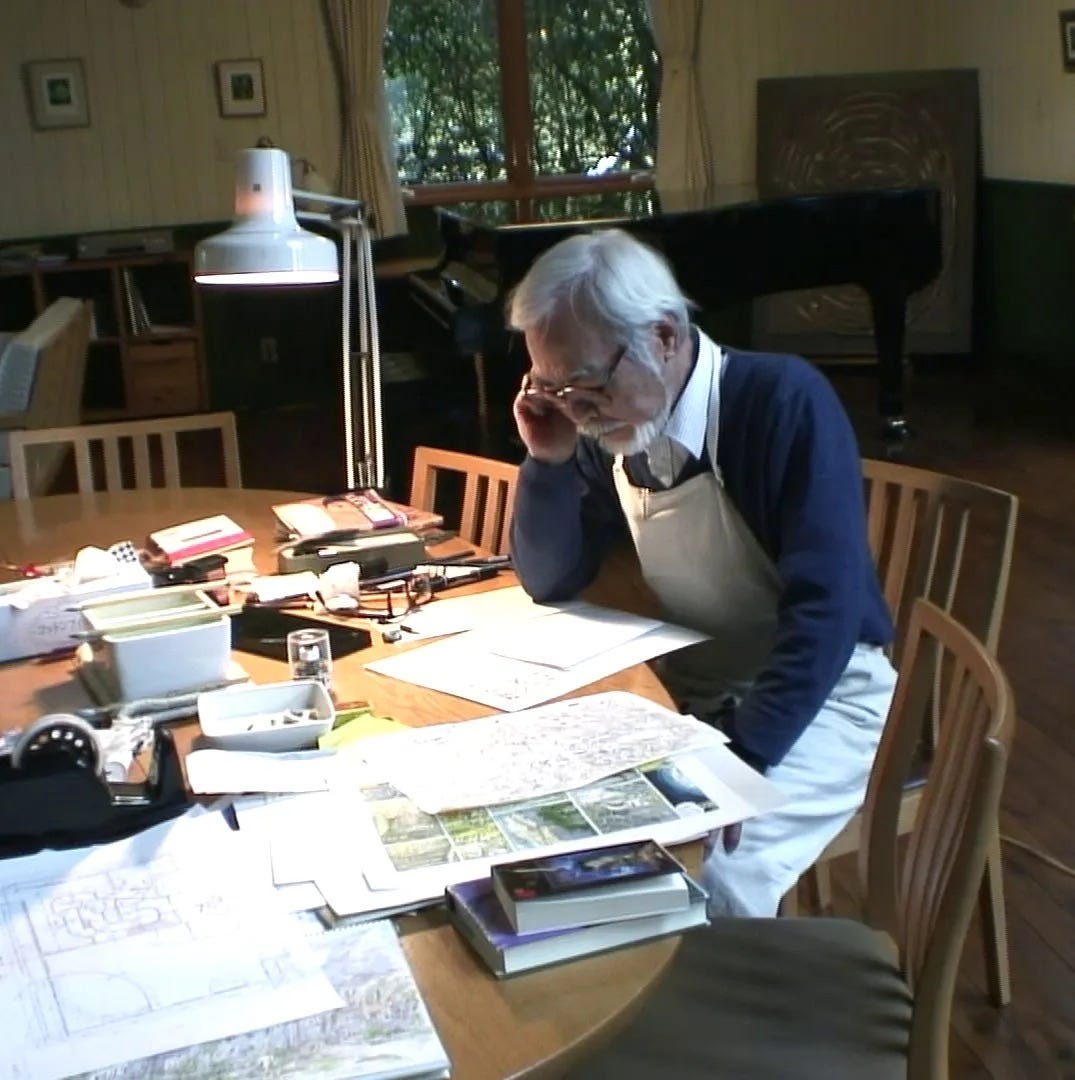
Hayao Miyazaki says, “I want people to have fun; that’s my motivation. If I can entertain people, maybe I deserve to exist. I have this repressed need to feel useful, which was probably formed in my childhood. I don't want to dig that up; I just like people to have fun.”
The movie takes up to 4–5 years on average to be made because of the level of detail involved.
And that is how Studio Ghibli films are made, and they captivate audiences all over the world.
Thanks for reading!







